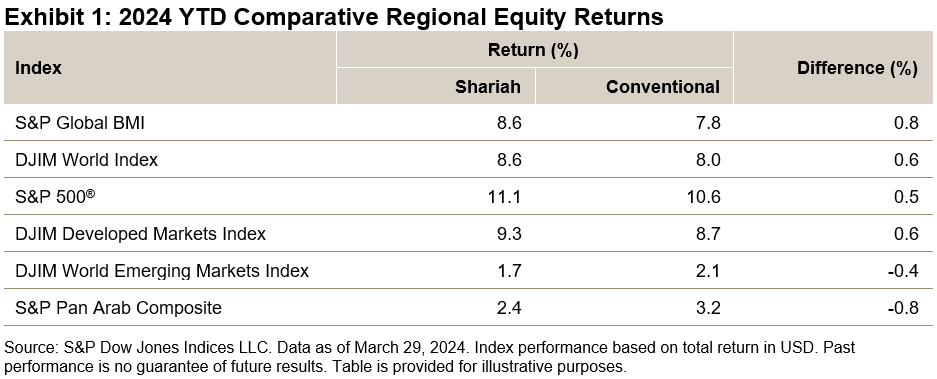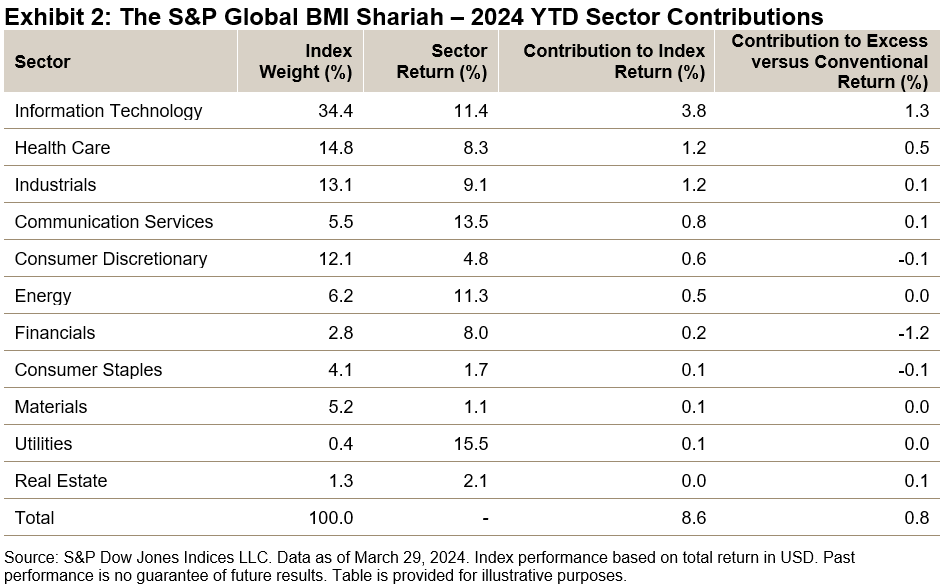In Wall Street parlance, a yard refers to a billion and a buck is a million. You can overhear traders asking questions like, “how many bucks did that trade?” or, “did that company raise a yard?” The crypto space is gathering assets by the yard these days with new product launches by ETF issuers. For the most part, these products follow the simple price of a single cryptocurrency. New index-based solutions are coming to the market and are also gaining attention. The S&P CME Bitcoin Futures Daily Roll Index and the S&P 500 and S&P Bitcoin Futures 75/25 Blend Index are two examples of how indexing works in the crypto space.
Financialization of crypto in the ETF space has followed a similar pattern to that of the commodity markets. The first commodity ETF, launched in November 2004, tracks the simple price of gold and was groundbreaking for its innovation in allowing investors to gain direct exposure to the price of gold without the need to physically own or store the metal. Commodity investors then began tracking indices like the Dow Jones Commodity Index Gold that maintained continuous exposure to rolling futures contracts rather than the underlying commodity. These indices allowed the incorporation of new performance measures such as collateral return, as well as inverse and leverage performance. As the commodity market evolved, investors sought out broad-based commodity exposure, as measured by the S&P GSCI, which tracks 24 commodities and employs a production-weighting approach with monthly contract rolls.
Twenty years after the first gold ETF launched, Bitcoin followed suit. Also tracking the simple price of a single coin, new ground was broken in the space. Following these spot product launches came renewed interest in futures-based indices, whereby issuers can deploy leverage for added volatility (yes, more volatility) and use the S&P CME Bitcoin Daily Roll Index to track performance. The index rolls contracts on a daily basis leading up to the front month expiry. For the complete index methodology, see here. Performance of the futures index, which launched on Jan. 10, 2022, has tracked the S&P Bitcoin Index with a correlation of 0.995 with back-tested data to Dec. 28, 2017. For more information on back-tested performance, see the Performance Disclosure linked at the end of this post.
Another index that gets yards of attention is the S&P 500®. Combining the leading benchmark for U.S. equities with the recent market beating returns of Bitcoin has created quite a bit of buzz. The S&P 500 and S&P Bitcoin Futures 75/25 Blend Index maintains a market exposure to cryptocurrency alongside an allocation to the S&P 500. Index construction rules create the ability to maintain a dedicated exposure that performs a calendar-based rebalance, allocating between the S&P 500 and S&P CME Bitcoin Futures Index. For the complete index methodology, see here. By rebalancing back to a 25% weighting in the S&P CME Bitcoin Futures Index, this disciplined approach helps mitigate the risk of increasing concentration or reallocating to the underlying index during periods of market volatility, leading to a more diversified exposure.
The indexing landscape continues to evolve with emergent asset classes. One constant is the drive for transparent, rules-based approaches that provide simplified measurement and standard calculation. S&P DJI’s Index Mathematics Methodology guides our index solutions under the same principles the market has adopted as an industry standard. Maintaining benchmarks for over a century is yeoman’s work, but it’s a strategy that keeps the yardwork plentiful.
The posts on this blog are opinions, not advice. Please read our Disclaimers.





















